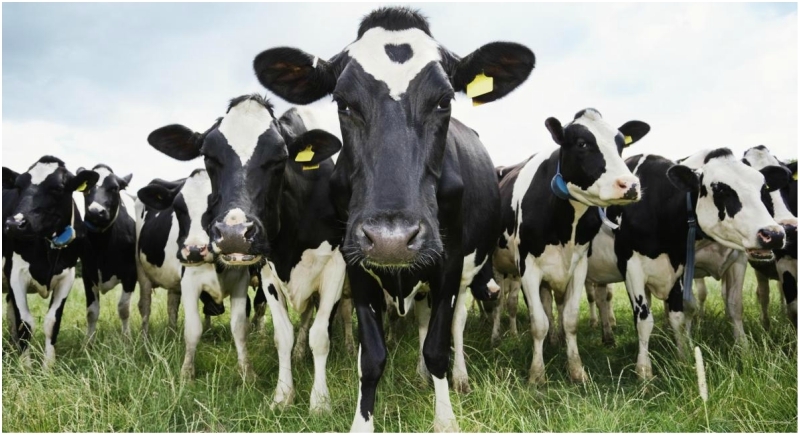With a heavy heart New Zealand will adopt ‘mass cattle kill’ to eradicate Mbovis diseases
Wellington, March 27: With an aim to totally eradicate Mycoplasma bovis, New Zealand has plans to slaughter around more than 20000 cows that are infected. "This is a very significant cull. It's the first time it's happened in New Zealand agriculture. We hope we don't have to do this again," said Damien O'Connor, Agriculture and Biosecurity Minister.

The Ministry for Primary Industries says it has been left with little choice after 113,000 tests showed the disease wasn't widespread yet. "This will be a wakeup call for everyone at every level in the dairy and livestock industry," Minister added.
"It couldn't have happened any earlier as we needed to understand how widespread the disease was. If it was endemic in New Zealand we'd be looking at other options," said Geoff Gwynn of MPI. Six infected properties have already been cleared of nearly 5,000 stock after the disease was identified in July last year.
And all farmers on the 22 remaining properties, mainly in the South Island, will be compensated. "They are compensated for any verifiable loss as a result of MPI exercising powers. And clearly we're using Biosecurity Act powers to order the cull of the animals," Mr Gwynn said.
Dairy New Zealand was quick to voice its support for the decision to cull, saying it gives certainty for dairy farmers and it's extremely positive the disease isn't widespread.
What is Mycoplasma Bovis?
Mycoplasma bovis is a bacterium that can cause a range of quite serious conditions in cattle including mastitis that doesn’t respond to treatment – pneumonia, arthritis and late-term abortions.
The disease may be dormant in an animal causing no disease at all. But in times of stress (for example, calving, drying-off, transporting, or being exposed to extreme weather) it may shed bacteria in milk and nasal secretions. As a result, other animals may be infected and become ill or carriers themselves.
It does not infect humans and presents no food safety risk. It is an animal welfare and productivity issue.This is the first time it has been found in New Zealand. The bacteria is an Unwanted Organism under the Biosecurity Act 1993.